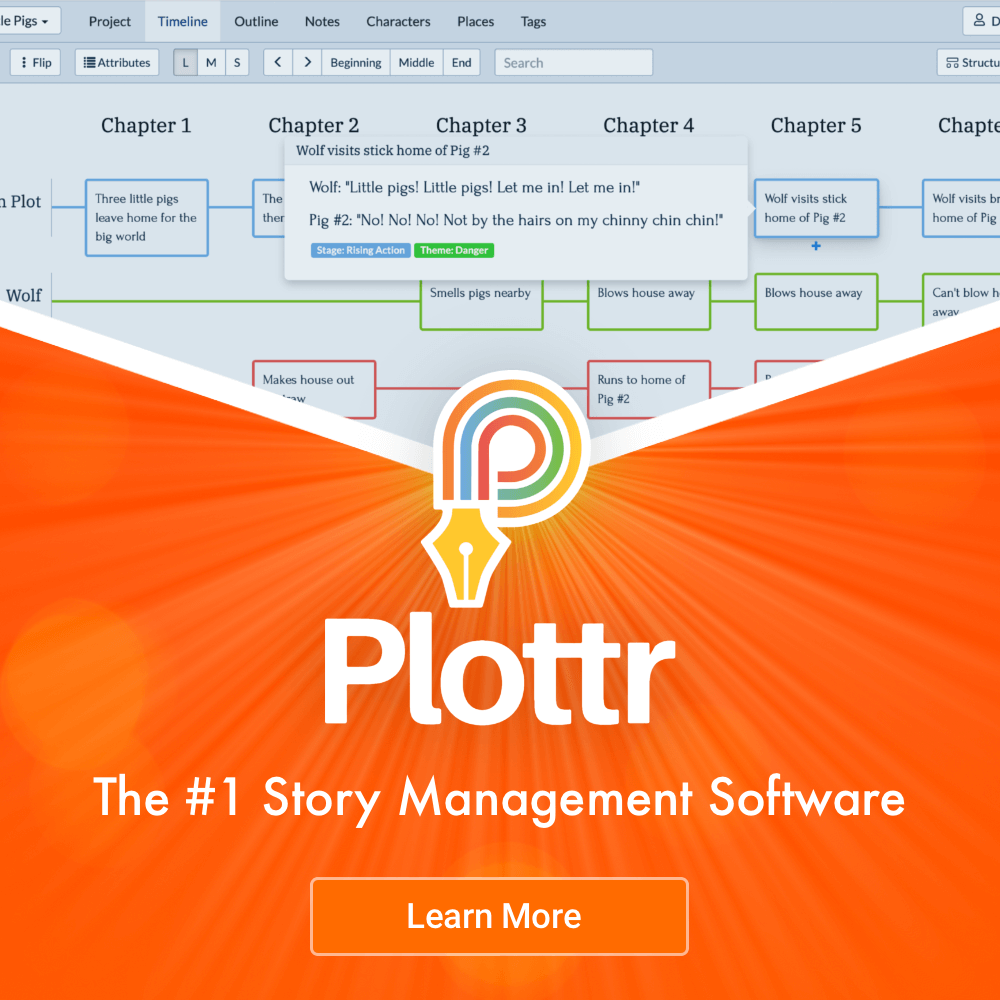Whether you write professionally or in your free time, you’ll undoubtedly be aware of the old stereotype of writers being starving artists. While it’s certainly possible to earn a decent sum of money from writing books, and many indie authors achieve 6-7 figures, it sometimes feels like an uphill battle for the rest of us.
In this article, we’ll be discussing the various premium products you can sell alongside your books to maximise the amount of money you can earn.
What are premium products?
Books are generally low-cost items, so if you want to leverage your income, you need to either sell a lot of books at a low price or higher value items to fewer people. This is where premium products come into play.
Premium products are items you can sell alongside your books. It’s a form of passive income since you need to create it once and watch it sell itself repeatedly. This can add to your monthly income, enabling you to write your next novel without having to think about how you’ll pay your bills.
Note: You should already be selling eBooks, print on demand paperbacks and digital audiobooks, so these can’t be categorised under premium products.
Idea #1: Print Edition Books.
Unlike your traditional eBooks on Amazon, printed books are limited edition items. You can use a crowdfunding platform for auctioning the copies of the book off. Here, your long-time readers will be able to pre-order your books and also receive other perks and rewards. You’ll also be able to estimate how many people are interested in your book so you can plan ahead.
One thing you will have to consider is the personalised touches you add to each copy. Signing your name or including a handwritten card might be fun for the first dozen copies, but you can quickly grow tired of it as orders come flooding in. However, it’s personal touches like this that give you lifelong fans who appreciate those little extras.
Idea #2: Stationary Premium Products.
These can take the form of workbook journals, notebooks, planners, and other stationery products where buyers have space to write in their own content.
To take this to the next level, personalise the notebook so your readers will recognise certain design elements from your books. For example, if you’ve known for a particular font or spacing style, using the same formatting in these products will be a nice touch. Other ways of personalising the product to fit your brand could be using different binding methods (i.e. spiral journals).
Idea #3: Online Courses
Online courses are an excellent way to impart your knowledge or skills to your existing audience. If you’re worried about how well it’ll perform, you’ll be pleased to know that you don’t need to charge a bomb to make a decent sum of money. Since there’s little overhead with digital products, you’ll notice that most people charge around $90 or more for their courses and discount this even further during a sale.
You should differentiate your online course from the other products you offer. For example, if you already have an audiobook on the same topic, teach the same material differently (i.e. use PowerPoint slides).
For delivering courses, take a look at Thinkific, and Teachable or if you like to DIY, take a look at LearnDash for wordpress.
Idea #4: Online Memberships.
Online memberships are a great way to earn money on the side while deepening your existing connection with your supporters. You’ll be providing value to them while promoting a community feel.
Some of the things you can offer in your “club” can include exclusive access to you, special discounts to your online course and insider information on when your next book is going to drop. You can even use this club for coaching purposes and inspire the next generation of writers.
Bear in mind that online memberships require a significant time investment. While this varies on what you provide your supporters in exchange for money, it can’t be denied that posting frequently, interacting with your supporters while handling your other responsibilities can be challenging at times. Furthermore, once you’ve announced that you’ll be taking on memberships, you can’t just back out halfway, or you’ll be met with backlash online.
Platforms such as Patreon enable you to set up memberships and rewards for a percentage. You could also look at Ko Fi, Subscribe Star.
Idea #5: Paid Newsletters.
Paid newsletters are an excellent way to use something you’re already good at (writing) to earn money on the side. This is possibly a better option for non-fiction writers, but there’s no reason why fiction author’s biggest fans wouldn’t pay for unique content and ‘behind the scenes’ revelations.
It has quite a few advantages going for it: for starters, you can decide how often you want to release a new issue since you’re running it. You can also choose what the theme of your newsletter will be about. Contrary to popular belief, you don’t need to write within the same niche as your regular books. You need to find a topic you can research well on and ensure that your existing audience will enjoy it. This way, you’ll engage your audience with each issue while bringing in new followers, growing your audience base even further.
Similar to a paid membership, it’s a subscription, so you can’t miss a week. You’ll also need to put out good content, or people will begin cancelling their subscriptions. All in all, paid newsletters are a great way to earn money online.
Look at the following platforms for paid newsletters: substack, Ghost and Revue. You can also do it manually through your email autoresponders such as Aweber, Mailerlite or ConvertKit.







